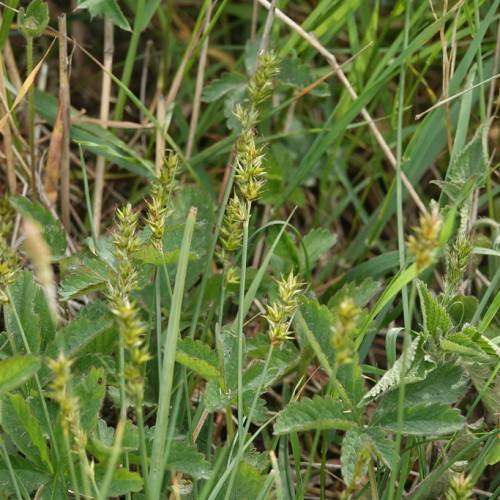
Prickly Sedge
Carex spicata
Watering:
Minimal
Hardiness Zone:
Sun:
full sun,part shade
Leaf:
Yes
Growth Rate:
Low
Salt Tolerant:
Yes
Invasive:
Yes
Care Level:
Medium
watering
Burr Reed Sedge needs to be watered moderately throughout the growing season. Water as soon as the top few inches of soil start to feel dry. Water every 5-7 days, and provide enough water to thoroughly wet the soil but not drench it. During the summer, the plant may need more frequent watering. During the winter, reduce the amount of water, but the soil should never dry out completely.
sunlight
Burr Reed Sedge requires a high amount of sunlight to thrive. This plant species prefers full sun exposure for 8 or more hours each day. It will also tolerate partial sun if it receives dappled shade or indirect light for most of the day. This is a cool season grass-like sedge that is best grown in well-drained soils with a pH of 6.0-7.0. It can tolerate a wide range of soils, from sandy loam to clay loam, but it will not tolerate standing water. It prefers moderate moisture but can survive occasional drought-like conditions. choose a location where Burr Reed Sedge will receive sunlight for most of the day to ensure optimal growth.
pruning
Burr Reed Sedge should be pruned annually in late winter or early spring before new growth begins. To keep the plant looking its best, it is important to remove any dead, diseased or damaged foliage with sterile shears. You should also thin out or cut back the outer foliage to keep the center of the plant more open and airy, and remove any large stems or stalks that have grown too tall. This will also help keep the plant more uniform in appearance and encourage new growth. As with all plants, you should take care to sterilize your shears between pruning different areas in order to avoid transmitting diseases from 1 plant to another.
